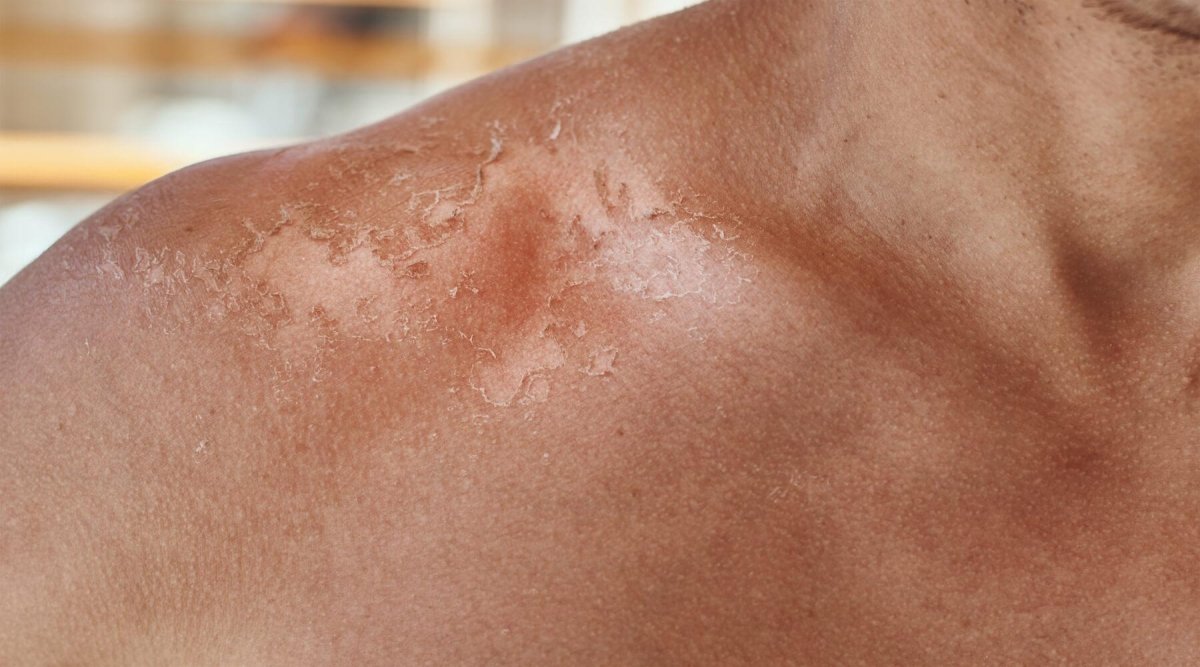
- The sun emits harmful UVA and UVB rays. UVA causes premature aging, while UVB burns skin. Both raise skin cancer risks.
- Protection is Key: Prioritize shade during peak hours, wear UV-protective clothing and sunglasses, and stay wary of reflective surfaces like water and sand.
- Choose All-Natural Sunscreen: Opt for broad-spectrum, all-natural sunscreens with at least SPF 30 to avoid chemical side effects and ensure maximum protection.
The pain and discomfort of sunburn remind us of the importance of safeguarding our skin from the sun's harsh rays. Beyond the immediate effects, frequent sunburns can result in long-term skin damage and escalate skin cancer risks. For those inquiring about "how to not get sunburn", this guide delivers actionable tips and insights to ensure your skin remains protected.
1. Understand the Sun's UV Rays
Grasping the science behind sunburn is fundamental. The sun emits two types of detrimental ultraviolet (UV) rays: UVA and UVB. UVA rays deeply penetrate the skin, causing premature aging, while UVB rays burn the skin's superficial layers. Both types heighten skin cancer risks.
2. Seek Shade
The sun's ultraviolet intensity peaks between 10 a.m. and 4 p.m. During these hours, it's recommended to stay under shade, whether it's an umbrella, tree, or another shelter.
3. Wear Protective Clothing
In your quest for "how to not get sunburn", clothing is paramount. Opt for long-sleeved shirts, full-length pants, and wide-brimmed hats. Many contemporary brands now offer clothing featuring inherent sun protection, often labeled as UPF (Ultraviolet Protection Factor).
4. Sunglasses are Essential
Not just a fashion accessory, sunglasses protect your eyes from potential sunburn. Prolonged UV exposure can lead to conditions like cataracts. Ensure your sunglasses block 100% of both UVA and UVB rays.
5. Check the UV Index
The UV Index, available on many weather platforms, quantifies the strength of UV rays on any given day. On days with heightened UV ratings, ramp up your sun precautions.
6. Beware of Reflective Surfaces
Water, sand, and even snow can amplify the sun's rays by reflecting them, which means you can get sunburned even if you're under shade. This phenomenon is particularly noticeable at the beach or snowy locales.
7. Prioritize All-Natural Sunscreen
While the importance of sunscreen is universally acknowledged, it's imperative to choose wisely. All-natural sunscreens are favored as they sidestep the side effects associated with their chemical counterparts. Ensure your chosen product is labeled "broad-spectrum" to guard against both UVA and UVB rays. Opt for a Sun Protection Factor (SPF) of at least 30 and reapply regularly, especially after perspiring or swimming. It's a game-changer in understanding "how to not get sunburn".
To Wrap It Up...
Learning "how to not get sunburn" transcends mere immediate relief; it underscores a commitment to enduring skin health. By being informed and proactive, you can revel in the sun without compromising your skin's well-being. As you plan outdoor adventures, make skin safety a priority. Embracing sun protection today is a pledge to your future self.

